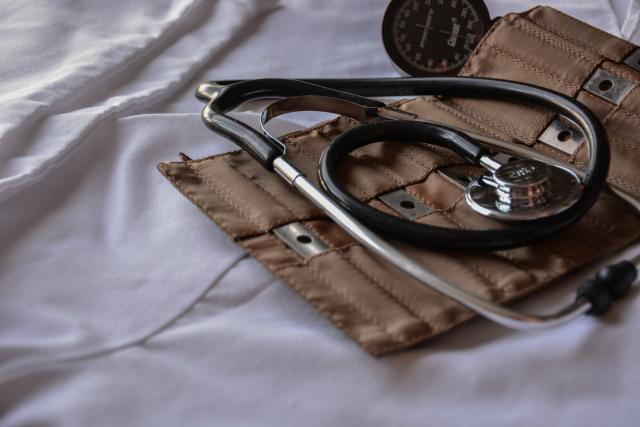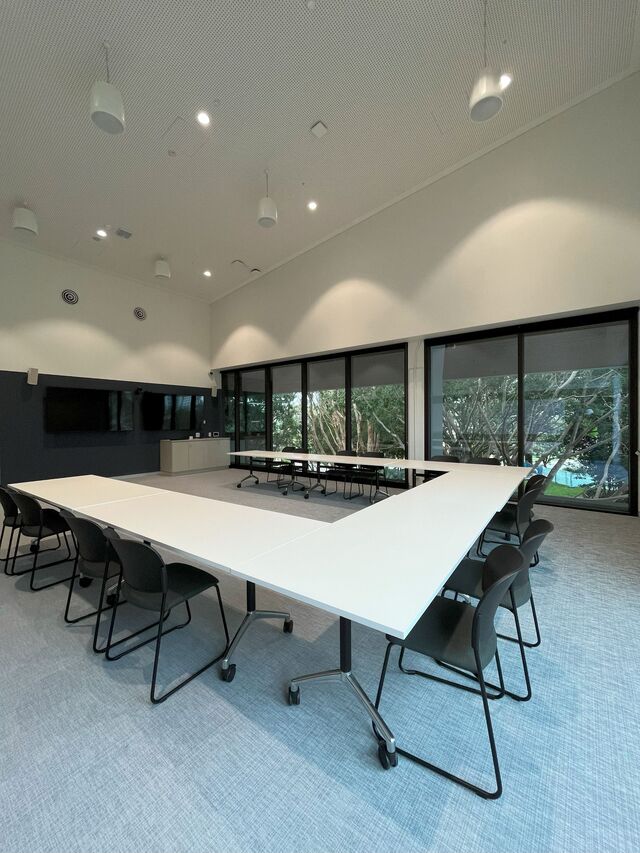It’s that time of year again. The breeze is feeling cool and thermometer dips. Jumpers are on and PJ’s are long.
It’s no surprise that fewer people come to the skin cancer doctor with new or changing spots. Fewer people think to check their skin in the colder weather.
Seeing changing spots late can lead to delayed diagnosis of skin cancer, meaning bigger treatments and more complications.
Thankfully, it’s easy to stay safe this winter and get those skin cancers early.
SunLife Skin Cancer Care Centre advocates this three-step approach:
• Self skin check
• Skin check with a Skin Cancer Doctor
• Photographic monitoring (where appropriate)
How often that happens depends on the risk factors.
A self-skin check takes just a few minutes. Look for anything sore, changing, abnormal, or new that hasn’t resolved in five-six weeks.
Remember to look everywhere, including hard to see and sun protected areas and get concerning spots looked at promptly by an experienced skin cancer doctor.
A full skin check with a skin cancer doctor includes a risk assessment and ongoing management plan for you to follow.
At a skin check, a dermatoscope is used to recognise patterns and clues to skin cancer that cannot be seen with the naked eye. This allows earlier detection and treatment.
The doctors at SunLife perform these examinations every day and have a wealth of experience in diagnosing and managing skin cancer.
For those who are at high risk of melanoma, 3D Total Body Photography is available. It is a comprehensive skin monitoring system that helps us identify changing lesions that may not otherwise have clear clues to melanoma.
Most people who use this advanced skin imaging option have either: many moles, a strong personal or family history of melanoma, or a history of repeated sunburns.
Visit sunlifeskincancercare.com.au
Or call 54509808








